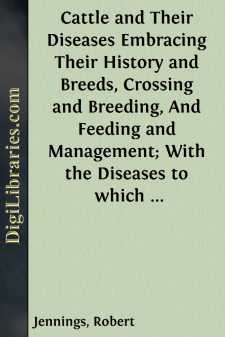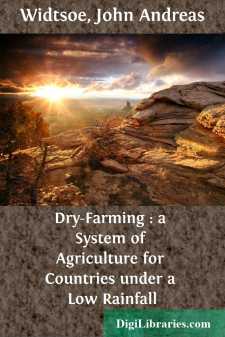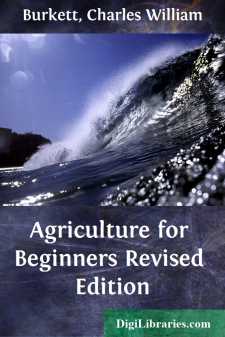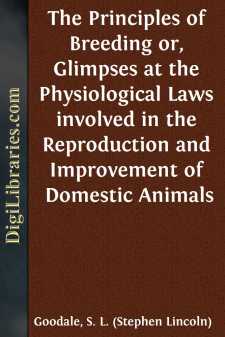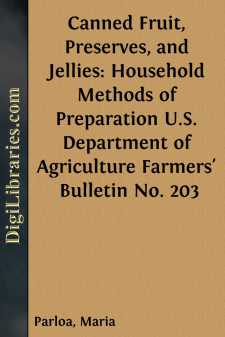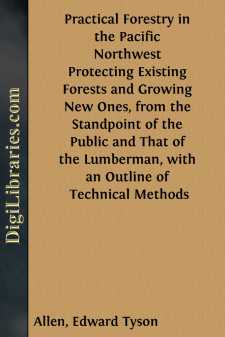Categories
- Antiques & Collectibles 13
- Architecture 36
- Art 48
- Bibles 22
- Biography & Autobiography 813
- Body, Mind & Spirit 142
- Business & Economics 28
- Children's Books 17
- Children's Fiction 14
- Computers 4
- Cooking 94
- Crafts & Hobbies 4
- Drama 346
- Education 46
- Family & Relationships 57
- Fiction 11829
- Games 19
- Gardening 17
- Health & Fitness 34
- History 1377
- House & Home 1
- Humor 147
- Juvenile Fiction 1873
- Juvenile Nonfiction 202
- Language Arts & Disciplines 88
- Law 16
- Literary Collections 686
- Literary Criticism 179
- Mathematics 13
- Medical 41
- Music 40
- Nature 179
- Non-Classifiable 1768
- Performing Arts 7
- Periodicals 1453
- Philosophy 64
- Photography 2
- Poetry 896
- Political Science 203
- Psychology 42
- Reference 154
- Religion 513
- Science 126
- Self-Help 84
- Social Science 81
- Sports & Recreation 34
- Study Aids 3
- Technology & Engineering 59
- Transportation 23
- Travel 463
- True Crime 29
Cattle and Their Diseases Embracing Their History and Breeds, Crossing and Breeding, And Feeding and Management; With the Diseases to which They are Subject, And The Remedies Best Adapted to their Cure
by: Robert Jennings
Description:
Excerpt
PREFACE.
A marked interest has of late years been manifested in our country relative to the subject of breeding and rearing domestic cattle. This has not been confined to the dairyman alone. The greater portion of intelligent agriculturists have perceived the necessity of paying more attention than was formerly devoted to the improvement and perfection of breeds for the uses of the table as well. In this respect, European cattle-raisers have long taken the precedence of our own.
The gratifying favor with which the author's former publication, "The Horse and his Diseases," has been received by the public, has induced him to believe that a work, similar in spirit and general treatment, upon Cattle, would not be without interest for the agricultural community.
In this belief, the present treatise has been prepared. The author has availed himself of the labors of others in this connection; never, however, adopting results and conclusions, no matter how strongly endorsed, which have been contradicted by his own observation and experience. In a field like the one in question, assuredly, if anywhere, some degree of independent judgment will not be censured by those who are familiar with the sad consequences resulting from the attempted application of theories now universally exploded, but which in the day and generation of their originators were sanctioned and advocated by those who claimed to be magnates in this department.
To the following works, especially, the author acknowledges himself indebted: American Farmer's Encyclopædia; Stephens's Book of the Farm; Flint's Milch-Cows and Dairy Farming; Laurence on Cattle; Allen's Domestic Animals; Youatt and Martin on Cattle; Thomson's Food of Animals; Allen's Rural Architecture; Colman's Practical Agriculture and Rural Economy; Goodale's Breeding of Domestic Animals; and Prof. Gamgee's valuable contributions to veterinary science.
Particular attention is requested to the division of "Diseases." Under this head, as in his former work, the author has endeavored to detail the symptoms of the most common ailments of cattle in such a manner that every farmer and cattle-owner can at once understand them, and also to suggest such procurable remedies as a wide experience has proved to be most efficacious.
A generous space has been devoted to the consideration of that fatal epidemic, now generally known as "Pleuro-Pneumonia," as it has manifested itself in Europe and this country, in the belief that a matter of such vital importance to the stock-raiser ought to receive a complete exposition in a work like the present. As the author's personal experience in connection with the treatment of this peculiar disease has been, perhaps, as large and varied as that of any American practitioner, he is not without the hope that his views upon the matter may prove productive of some benefit to others.
Should the present volume prove as acceptable to those interested as did his former work, the author will be abundantly satisfied that he has not mistaken in this instance the wants of the public....


